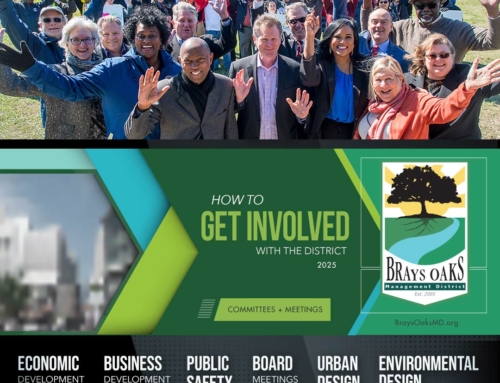Since October, Houston Police Department Commander Daryn Edwards has overseen the department’s Southwest Command, which includes territory from south of the Beltway near Missouri City through Loop 610 West to NRG Stadium. It’s one of HPD’s largest patrol areas.
We spoke with Commander Edwards about his wealth of law enforcement experience, the challenges faced by his team, and his focus and goals.

Commander Edwards
Q: Give us a little bit about your background, where you grew up, and about your education.
A: I was born and raised in the southeast part of Houston and have lived here my entire life. I graduated with a master’s degree in criminal justice and public administration from Liberty University in Virginia.
I am also a graduate of the FBI National Academy, Session 266, which is a leadership development program for law enforcement executives.
Q: What led you to a career in law enforcement?
A: From the time I was young, I wanted to be either a pilot for the airlines or a police officer. I started training as a pilot and switched to a mediation career. When I worked in that role with the police union, I found out that they were hiring, so I applied. I attended the police academy in 1992 and had a great experience.
Q: What were some of your roles before becoming commander?
A: I joined the Houston Police Department in April 1992 and worked as a police officer at the Southeast Division and Clear Lake Division until I promoted to sergeant in 1998. I worked at the Southeast Division as a sergeant until I promoted to lieutenant in 2005, whereI worked at the Special Operations Division and Clear Lake Division. In 2011 I promoted to captain (now commander) and was assigned to the Central Division, Burglary & Theft Division, North Belt Division, and Cyber & Financial Crimes Division.
I was appointed to assistant chief in early 2020 and was over the Organizational Development Command and Homeland Security Command. In 2022 I returned to the rank of commander, where I was assigned to the Airport–Hobby Division and Southwest Division, where I am currently assigned.
Q. What are some of the biggest challenges in your present role?
A. With the city growing in larger numbers of people living here, we have seen violent crimes go up as well as property crimes. Domestic violence and aggravated assault are growing issues. We have a large staff of several hundred, not all patrol officers, but we find with our population, our numbers of law enforcement personnel are never enough. We partner closely with other law enforcement agencies so we can be responsive.
Q. Tell us a bit about your staff and what they are working on.
A. I have a very talented team of men and women – they are amazing and I am very proud of them for being so responsive to our community. We have quite a few younger officers, too, and they are doing a great job. Aside from being very responsive to crime, we are working on crime suppression and (providing) resources to get that problem solved. We see a lot of domestic violence and we are working on education and with Victim Services to address this.
Q. What are some of your goals in this area?
A. We have seen how useful technology is and helps us to be more efficient in law enforcement. The use of our cameras has helped us a great deal, and those cameras out in the community help us. I would like to see more technology used. We are doing a lot of education in the community about reporting crime, preventing crime. We are getting this out through pamphlets (and) social media.
Q. What can the public do to help?
A: Communication is the key here. We need to know of all concerns. We don’t hear of some crimes, and we need to know about all crime, no matter how small or minor. We hear some say, “This is not worth reporting,” but everything should be reported. I also want the public to trust us and not be afraid to report a crime, or even to let us know of concerns. We do not care what immigration status is, we want everyone to know if you see something, say something. We are there to help. We need to know of quality-of-life issues such as noise, other disturbances, as well as crime so we can respond as well.
— By Arlene Nisson Lassin









